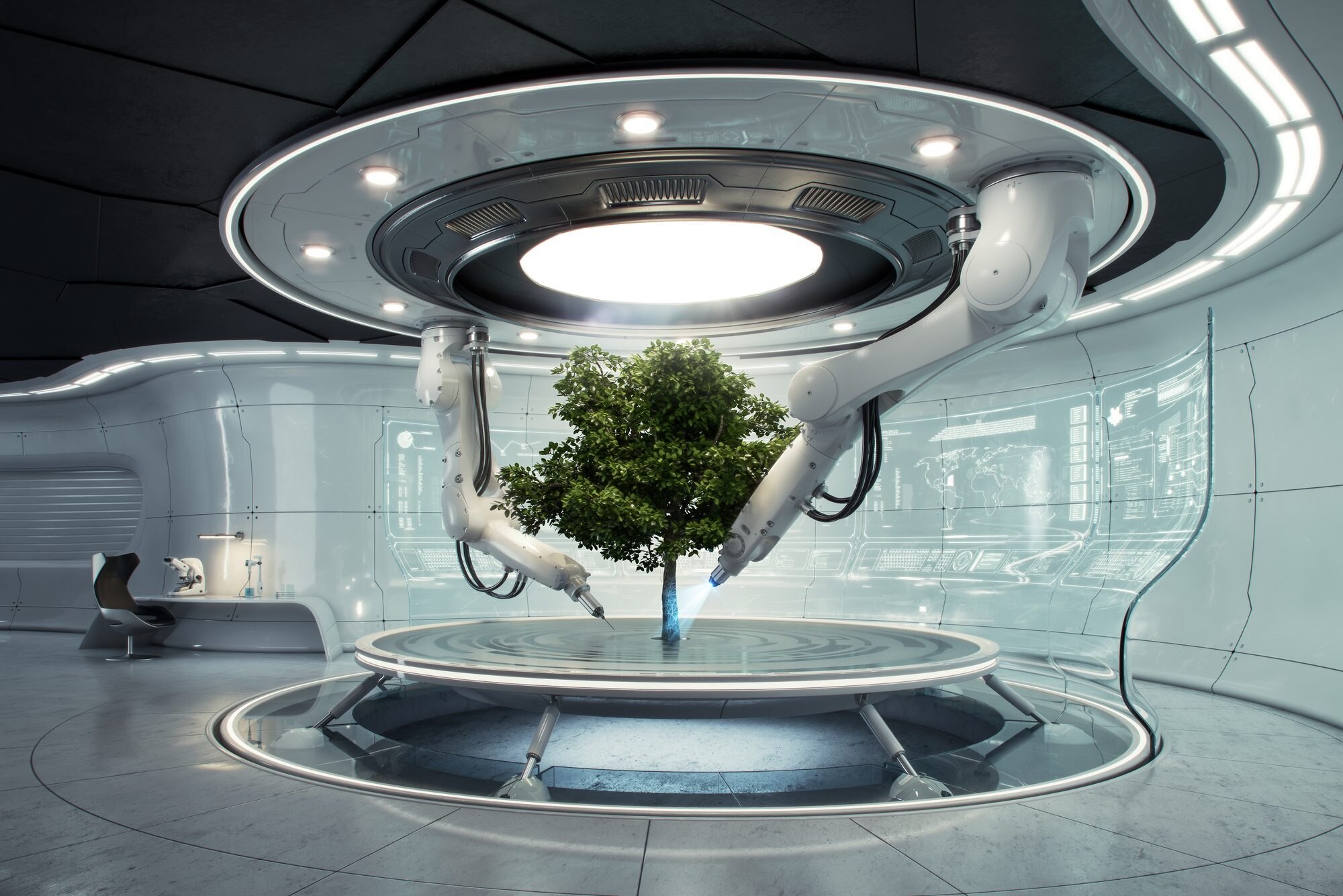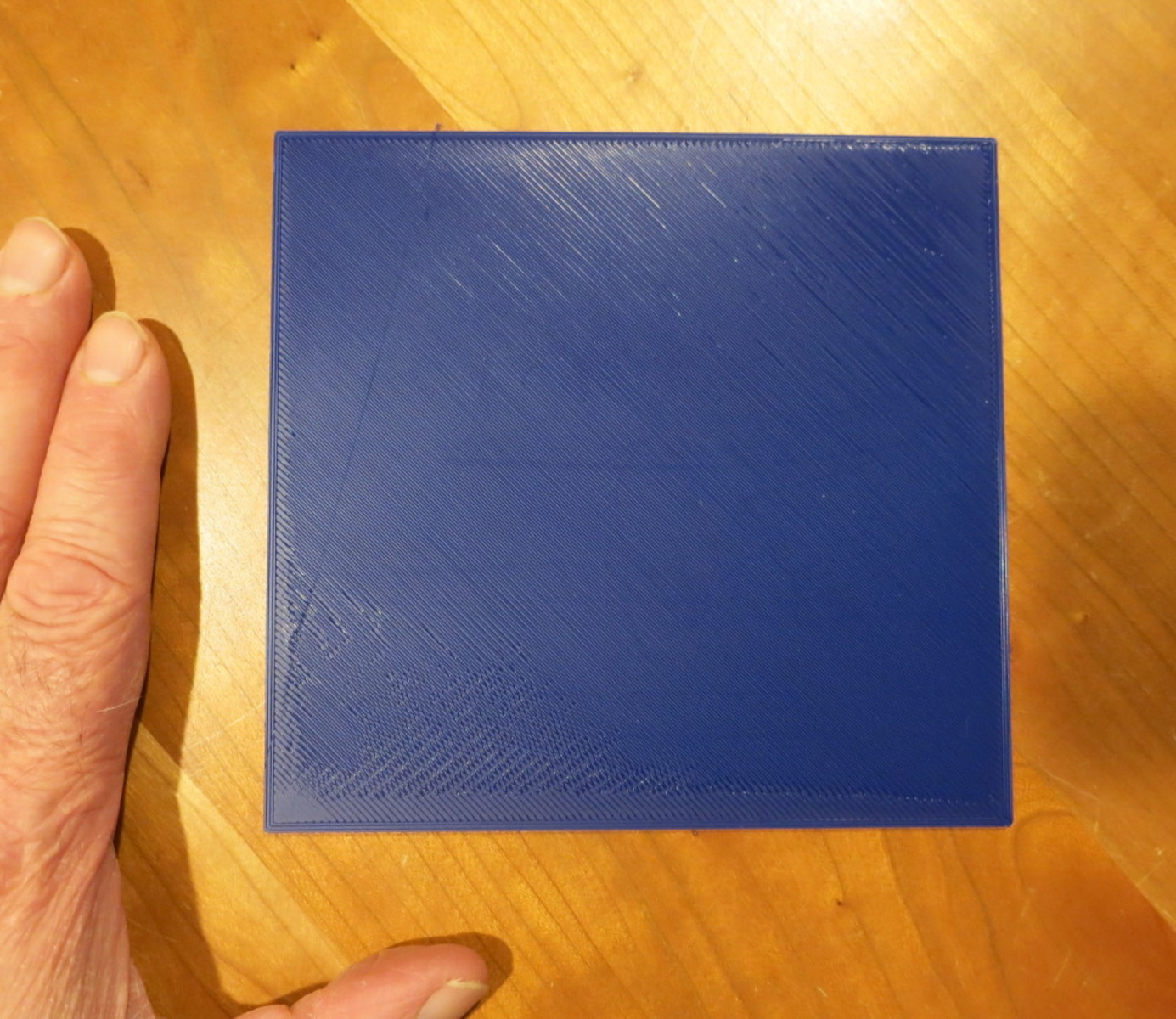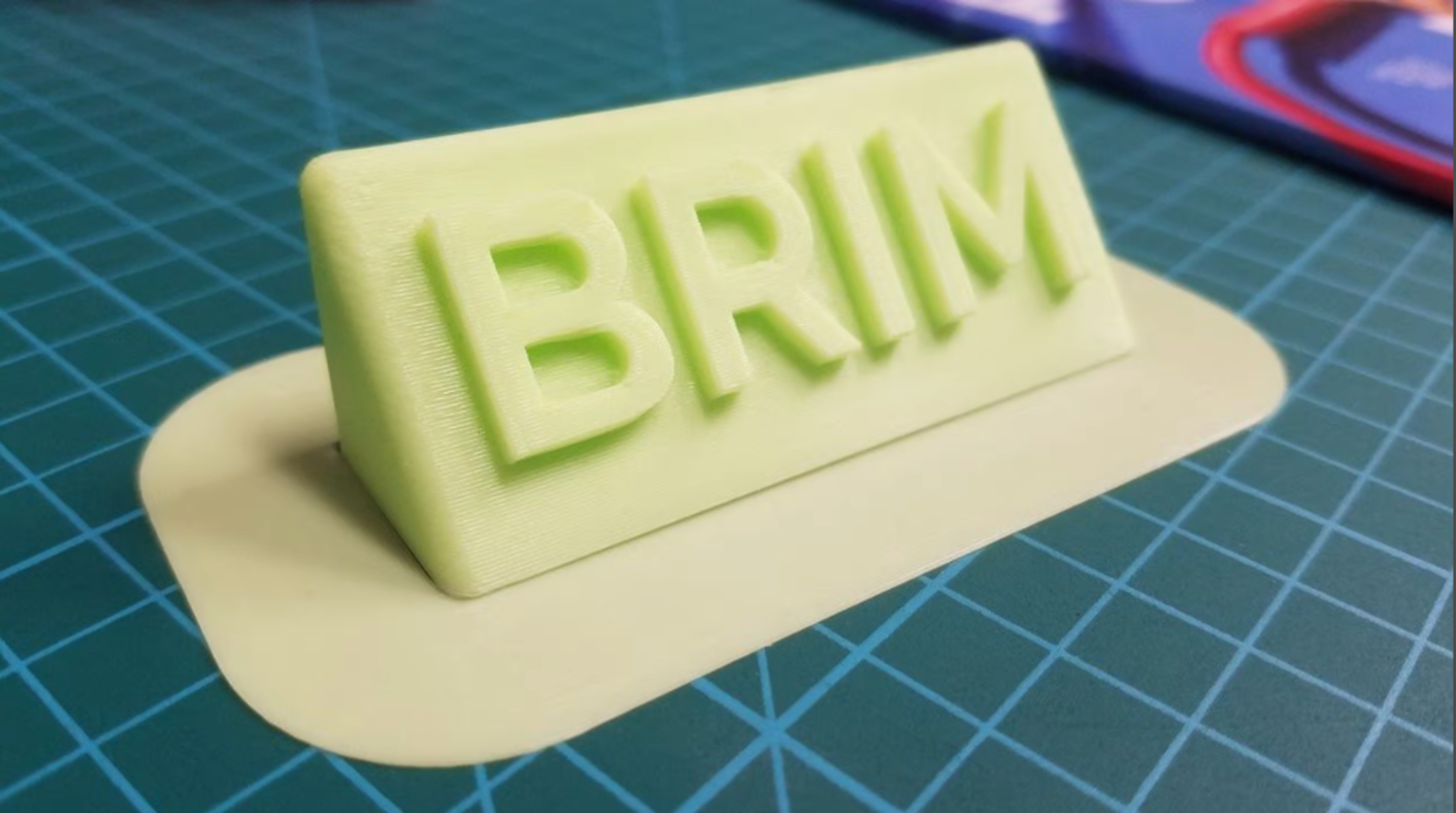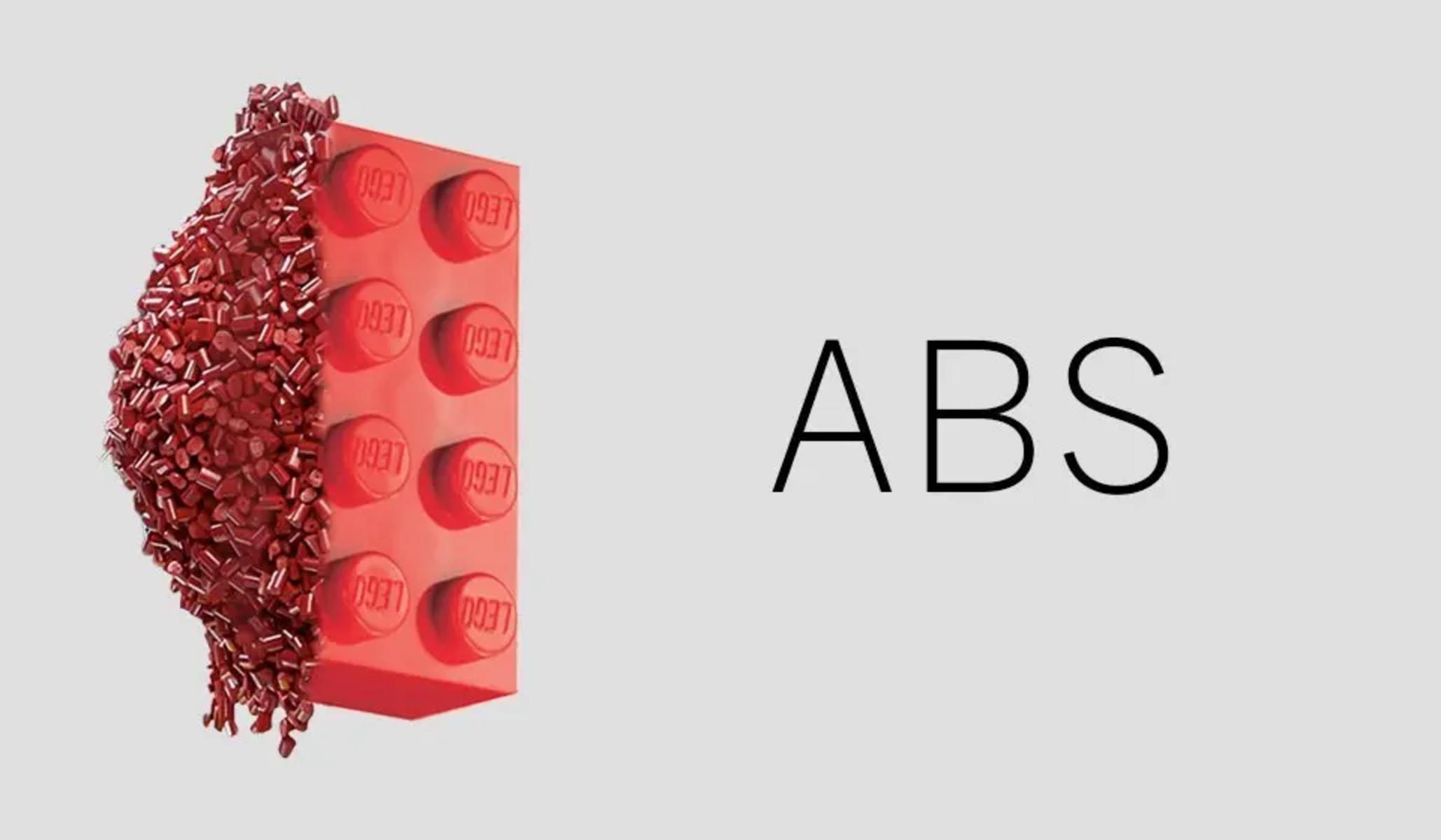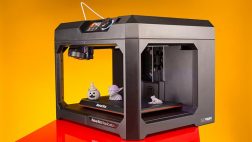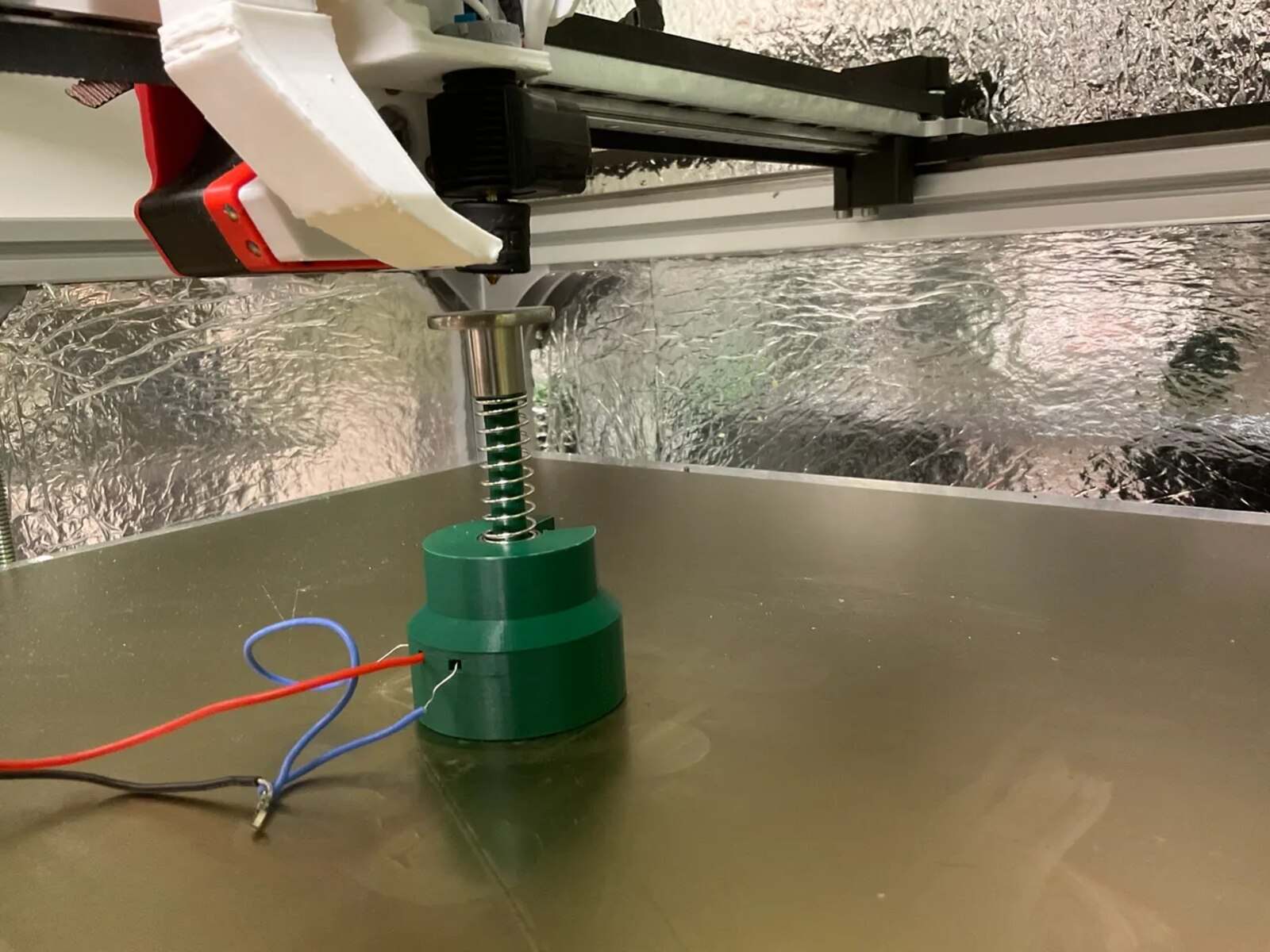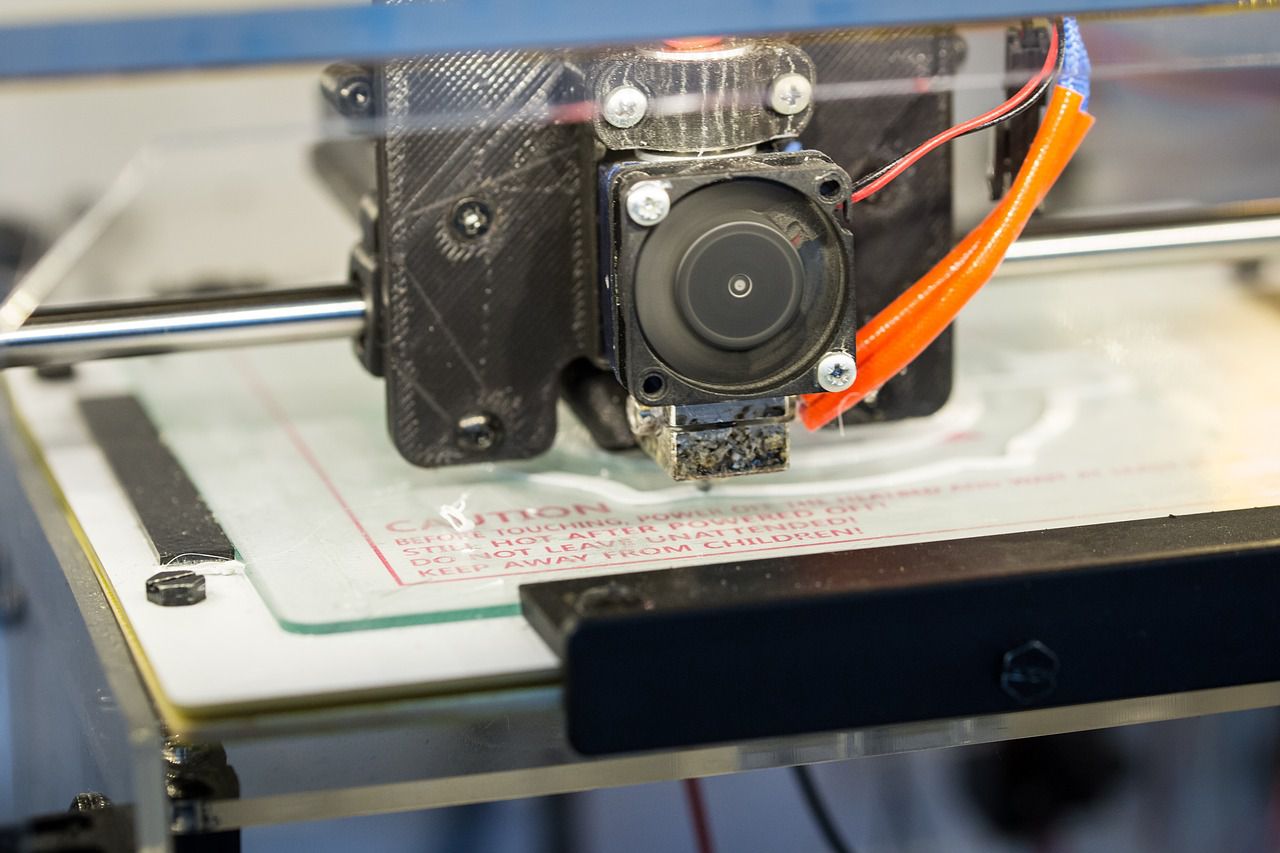Introduction
With the rapid advancements in technology, 3D printing has emerged as a game-changer in various industries. This innovative manufacturing process allows the creation of three-dimensional objects by layering materials under computer control. Also known as additive manufacturing, 3D printing offers numerous advantages that have revolutionized traditional manufacturing methods.
Unlike conventional manufacturing techniques that often involve costly molds or tooling, 3D printing offers cost-efficient solutions for producing prototypes and end-use products. By eliminating the need for complex setups and reducing material waste, this technology enables businesses to save significant time and resources.
One of the key benefits of 3D printing is its ability to provide customization on a whole new level. Unlike mass-produced items, 3D printing allows for the creation of personalized and unique products tailored to individual needs. Whether it’s custom-made jewelry, prosthetics, or even architectural models, 3D printing empowers individuals and businesses to bring their creative visions to life.
Rapid prototyping is another major advantage of 3D printing. This process allows for the quick and cost-effective creation of concept models and prototypes. With 3D printing, designers and engineers can rapidly iterate and test their designs, leading to faster development cycles and shorter time to market.
Accessibility is another crucial aspect of 3D printing. As the technology becomes increasingly affordable, it is more accessible to individuals and small businesses. This democratization of production allows entrepreneurs, artists, and hobbyists to turn their ideas into physical objects without the need for large-scale manufacturing facilities or substantial financial investments.
Furthermore, 3D printing significantly reduces waste compared to traditional manufacturing methods. With traditional subtractive manufacturing techniques, excess material is often discarded, leading to significant waste. However, 3D printing utilizes only the necessary amount of material, minimizing waste and promoting more sustainable manufacturing practices.
Cost-efficient
One of the most significant advantages of 3D printing is its cost-efficiency. Traditional manufacturing methods often involve high upfront costs for tooling, molds, and complex setups. These expenses can be prohibitive, especially for small businesses or individuals with limited budgets. In contrast, 3D printing eliminates the need for costly tooling, allowing for a more streamlined and cost-effective production process.
With 3D printing, objects are created layer by layer using additive techniques. This means that only the necessary amount of material is used, minimizing waste and reducing material costs. Additionally, the ability to print complex geometries without the need for assembly or additional processing further reduces costs and labor requirements.
Furthermore, 3D printing enables businesses to save on inventory costs. With traditional manufacturing, maintaining a stockpile of products or components involves storing and managing physical inventory. This requires warehouse space, inventory management systems, and the potential risk of overstocking or understocking. 3D printing allows for on-demand production, eliminating the need for excessive inventory and reducing associated costs.
Moreover, 3D printing offers the flexibility to produce small quantities of products economically. In traditional manufacturing, producing small batches can be less cost-effective due to the setup and tooling requirements. With 3D printing, however, each item can be created individually without any additional costs, making it ideal for customized or limited edition products.
Small businesses and startups, especially those in the prototype development stage, can greatly benefit from the cost-efficiency of 3D printing. Iterating and refining product designs using traditional methods can be expensive and time-consuming. 3D printing allows for rapid prototyping and iteration at a fraction of the cost, allowing businesses to validate and improve their designs without breaking the bank.
Ultimately, the cost-efficiency of 3D printing opens up new opportunities for businesses of all sizes to explore innovative ideas, reduce production costs, and stay competitive in a rapidly evolving market.
Customization
One of the key advantages of 3D printing is its ability to provide customization on an unprecedented level. Unlike mass-produced items that are identical, 3D printing allows for the creation of personalized and unique products tailored to individual needs.
With 3D printing, customization options are virtually limitless. Whether it’s modifying an existing design or creating something entirely new, the flexibility and versatility of 3D printing technology make it possible to accommodate specific requirements and preferences.
For consumers, this means the ability to personalize products according to their own style, preferences, or even physical characteristics. Custom-fit jewelry, footwear, or eyewear, for example, can be designed and printed to perfectly fit an individual’s unique measurements.
Customization also plays a significant role in healthcare. The field of prosthetics has been revolutionized by 3D printing, allowing for the creation of prosthetic limbs customized to each individual’s unique anatomy. This results in a better fit, improved functionality, and increased comfort for the wearer.
In industries such as automotive or aerospace, 3D printing enables the customization of components and parts with complex geometries that are otherwise challenging to produce using traditional methods. This opens up new possibilities for lightweight and high-performance designs that were previously difficult or costly to achieve.
Customization extends beyond individual consumer preferences to include specialized applications in various industries. Architects, for example, can utilize 3D printing to create intricate architectural models or prototypes that accurately represent their vision before construction begins.
Additionally, 3D printing facilitates customization in the field of education and learning. Students and educators can leverage this technology to design and create visual aids, educational models, or scientific prototypes, enhancing the learning experience and promoting hands-on engagement.
By enabling customization, 3D printing empowers individuals, businesses, and industries to push the boundaries of traditional manufacturing and unlock new possibilities for personalized, tailored, and innovative solutions.
Rapid Prototyping
Rapid prototyping is a crucial benefit offered by 3D printing technology. Traditional prototyping methods often involve time-consuming processes that can delay product development cycles. However, 3D printing allows for the quick and cost-effective creation of concept models and prototypes, reducing time to market and enabling faster iteration and refinement.
With 3D printing, designers and engineers can transform digital designs into physical objects within a matter of hours or days. This rapid turnaround time is especially beneficial when it comes to testing and validating design concepts before moving forward with full-scale production.
By creating physical prototypes early in the development process, 3D printing allows for better visualization and evaluation of product designs. This enables designers to identify and address potential issues or improvements earlier, saving both time and costs associated with traditional prototyping approaches.
Unlike traditional prototyping methods that may require specialized manufacturing equipment or outsourcing to external suppliers, 3D printing provides an in-house solution that reduces dependency on external resources. This level of independence and control over the prototyping process allows for faster iterations and quicker decision-making.
Furthermore, 3D printing enables the production of complex and intricate geometries that may be challenging or impossible to achieve using traditional methods. This freedom of design allows for more creative exploration during the prototyping phase and enhances the ability to create innovative and unique products.
The speed and cost-efficiency of 3D printing support agile development methodologies, where quick iterations and continuous improvements are key. This iterative approach allows designers and engineers to refine their designs based on rapid feedback, leading to higher-quality end products.
Rapid prototyping is particularly beneficial in industries such as product design, engineering, and manufacturing, where time-to-market and innovation are critical factors. The ability to quickly transform digital designs into physical prototypes using 3D printing technology accelerates the product development process, promotes collaboration, and facilitates faster decision-making.
Overall, rapid prototyping through 3D printing enables designers and engineers to iterate and refine their designs more efficiently, resulting in improved product quality, reduced development time, and ultimately, greater customer satisfaction.
Accessibility
Accessibility is a crucial advantage of 3D printing technology. As the technology becomes more affordable and user-friendly, it has become increasingly accessible to individuals, small businesses, and educational institutions.
3D printers are now available in a range of sizes, specifications, and price points, making them more accessible for both personal and professional use. This accessibility allows entrepreneurs, artists, and hobbyists to bring their ideas to life without the need for large-scale manufacturing facilities or substantial financial investments.
Furthermore, 3D printing software and design tools have become more intuitive and user-friendly, allowing individuals with limited technical expertise to create and modify 3D models. This democratization of design and production empowers anyone to engage in the creative process, fostering innovation and entrepreneurship.
3D printing has also made significant strides in educational settings. Many schools and universities have integrated 3D printing technology into their curricula, enabling students to learn about design, engineering, and manufacturing in a hands-on and practical way. This not only enhances students’ technical skills but also encourages creativity and problem-solving abilities.
Accessibility in 3D printing extends beyond physical access to the technology. Online platforms and communities have emerged, providing a vast library of 3D models that can be downloaded and printed. This means that individuals or businesses without design capabilities can still benefit from 3D printing and access a wide range of ready-to-print objects.
Additionally, 3D printing has opened up opportunities for small-scale, localized production. By reducing the need for large-scale manufacturing and transportation, 3D printing promotes localized production and reduces the dependence on global supply chains. This can positively impact local economies, reduce environmental impact, and increase the speed of product delivery.
The accessibility of 3D printing has truly transformed the way individuals and businesses approach design and production. With its increasing affordability, user-friendly interfaces, and available resources, 3D printing has become a powerful tool for innovation, creativity, and self-expression.
Reduced Waste
One of the significant advantages of 3D printing technology is its ability to reduce waste compared to traditional manufacturing methods. Traditional manufacturing often involves subtractive processes, where excess material is cut or removed from a block or sheet, resulting in significant waste.
With 3D printing, also known as additive manufacturing, objects are built layer by layer using only the necessary amount of material. This precise and controlled approach minimizes material waste and allows for efficient use of resources.
Unlike traditional manufacturing methods that require large quantities of raw materials to account for possible errors or inefficiencies, 3D printing enables the optimization of material usage. Parts and products are printed with the exact amount of material required, reducing waste and conserving resources.
Additionally, 3D printing allows for the integration of recycled or reclaimed materials into the manufacturing process. By using recycled materials as feedstock for 3D printing, waste from other industries can be repurposed and given a new life. This promotes a more sustainable approach to manufacturing and helps reduce the environmental impact of production.
Furthermore, 3D printing enables the design and production of lightweight and optimized structures. With the ability to create complex geometries and lattice-like structures, 3D printing can reduce the material needed for a given object while maintaining its strength and functionality. This not only reduces material waste but also contributes to the development of more energy-efficient and sustainable products.
Moreover, 3D printing eliminates the need for excess packaging and shipping materials that are often associated with traditional manufacturing processes. With on-demand production using 3D printing, products can be manufactured closer to the point of consumption, reducing the need for long-distance transportation and associated packaging waste.
The reduced waste generated by 3D printing not only helps businesses save costs but also contributes to environmental sustainability. By minimizing material waste, conserving resources, and promoting more efficient manufacturing processes, 3D printing plays a vital role in advancing the circular economy and reducing the overall environmental footprint of production.
Innovation in Design
3D printing technology has revolutionized the field of design by enabling unprecedented levels of innovation and creativity. Unlike traditional manufacturing methods, which have certain limitations, 3D printing allows designers to explore new possibilities and push the boundaries of design.
One of the key aspects of innovation in design with 3D printing is the freedom to create complex geometries and intricate structures that would be challenging or impossible to achieve using traditional methods. This opens up new avenues for creating innovative and unique products that were previously unattainable.
3D printing empowers designers to experiment with shapes, forms, and textures in ways that were once unimaginable. Traditional manufacturing methods often have restrictions on the types of shapes that can be created due to their reliance on molds or tooling. In contrast, 3D printing allows for the direct translation of digital designs into physical objects, giving designers the ability to bring their wildest ideas to life.
Moreover, 3D printing enables the integration of multiple components into a single printed object. This eliminates the need for assembly and opens up new design possibilities. Complex mechanisms, interlocking parts, and functional prototypes can be printed as a single piece, simplifying manufacturing processes and reducing the number of components required.
3D printing also promotes iterative design and rapid prototyping. Designers can quickly create multiple iterations of a design, test them, and make improvements based on the results. This iterative process allows for faster innovation cycles and more efficient problem-solving.
The combination of 3D printing with other emerging technologies, such as generative design and artificial intelligence, further amplifies innovation in design. Generative design algorithms can leverage the capabilities of 3D printing to explore thousands of possible design iterations, resulting in optimized and highly efficient structures.
Additionally, 3D printing has paved the way for mass customization. Designers can create parametric designs that can be easily modified and customized based on individual preferences or specific requirements. This customization potential allows for personalized products without sacrificing efficiency or cost-effectiveness.
Overall, 3D printing has revolutionized innovation in design by providing designers with the tools and flexibility to explore new possibilities, create complex geometries, and push the boundaries of traditional manufacturing. It fuels creativity, encourages experimentation, and opens up a whole new realm of design opportunities.
Education and Learning
3D printing technology has had a significant impact on education and learning, transforming the way students engage with various subjects and enhancing their learning experiences.
Integrating 3D printing into educational settings provides students with hands-on opportunities to develop critical skills in design, engineering, and problem-solving. Students can learn about concepts such as geometry, physics, and biology by designing and printing physical models that represent abstract concepts and bring them to life.
By engaging in the process of designing and 3D printing, students develop crucial skills such as creativity, critical thinking, and innovation. They learn to envision, design, and iterate on their ideas, fostering a mindset that encourages experimentation and practicality.
3D printing also promotes interdisciplinary learning, as it can be utilized across various subject areas. For example, students can create historical artifacts, architectural models, or artistic sculptures to explore history, art, or cultural studies. The integration of 3D printing bridges the gap between theoretical knowledge and real-world applications, making learning more tangible and engaging.
Furthermore, 3D printing technology allows educators to create interactive and customized teaching materials. Teachers can design and print educational models, visual aids, or prototypes that enhance the learning experience and facilitate better understanding of complex concepts. This hands-on approach allows students to grasp abstract concepts more easily and promotes active engagement in the learning process.
Additionally, 3D printing can cultivate an entrepreneurial mindset among students. By encouraging students to design and create their own products, 3D printing technology provides them with the opportunity to understand the entire product development cycle, from idea generation to production. This fosters an entrepreneurial spirit and prepares students for future careers in innovation and design.
Furthermore, 3D printing opens up new avenues for collaboration and sharing of knowledge. Online communities and platforms allow students and educators to exchange ideas, share designs, and learn from one another. This global network of collaboration enhances the educational experience and exposes students to diverse perspectives and ideas.
As 3D printing becomes more accessible and affordable, it is transforming classrooms and empowering students to be active creators and problem-solvers. It nurtures a culture of innovation, fosters creativity, and equips students with the skills and mindset necessary for success in the digital age.
Medical Applications
3D printing technology has revolutionized the field of medicine, opening up new possibilities for diagnosis, treatment, and patient care. From personalized implants to organ transplantation, 3D printing has had a profound impact on medical applications.
One of the most significant advancements in healthcare through 3D printing is the production of patient-specific anatomical models. Using medical imaging techniques such as CT scans or MRIs, doctors can create precise 3D models of their patients’ anatomy. These models allow surgeons to better understand complex anatomical structures, plan surgeries, and improve patient outcomes.
3D printing has also revolutionized the field of prosthetics. By using customized 3D printed prosthetic limbs, patients can experience better comfort, fit, and functionality. The ability to design and produce prosthetics tailored to individual patients’ needs has transformed the lives of individuals with limb differences.
In the field of dental medicine, 3D printing is widely used for the fabrication of crowns, bridges, and orthodontic aligners. Using patient-specific scans, dental professionals can design and 3D print precise dental restorations, reducing the time and cost associated with traditional methods.
3D printing has also made significant advancements in the production of implants and medical devices. Using 3D printing, implants can be customized to fit a patient’s anatomy perfectly. This improves the success rate of implant surgeries and reduces post-operative complications. Additionally, custom-made surgical guides and tools can be 3D printed, enabling surgeons to perform procedures with increased accuracy and efficiency.
The field of regenerative medicine has also been impacted by 3D printing. Bio-printing, a specialized area of 3D printing, allows for the fabrication of living tissues and organs. This technology holds the potential to revolutionize organ transplantation by addressing the organ shortage crisis and improving the success rate of transplants.
Furthermore, 3D printing has advanced the development of pharmaceuticals. By using 3D printing technology, personalized medications can be created with precise dosages tailored to individual patients. This customization improves patient compliance and medication efficacy.
The intersection of 3D printing and medical research has also led to breakthroughs in the development of bioprinted tissue models for drug testing and disease research. These tissue models offer more accurate representations of human anatomy, enabling researchers to study diseases, test therapies, and develop personalized treatment plans.
Overall, 3D printing in the medical field has allowed for personalized, precise, and innovative approaches to patient care. From customized implants to regenerative medicine and drug development, 3D printing has transformed medical applications and holds great promise for the future of healthcare.
Environmental Benefits
3D printing technology offers notable environmental benefits compared to traditional manufacturing methods, contributing to sustainability and reducing the overall environmental impact of production.
One prominent advantage of 3D printing is the reduction in material waste. Unlike subtractive manufacturing techniques, which involve cutting away excess material, 3D printing builds objects layer by layer using only the necessary amount of raw materials. This precise approach minimizes waste and conserves resources.
Furthermore, the use of additive manufacturing eliminates the need for complex supply chains and transportation. With 3D printing, products can be produced locally and on-demand, significantly reducing the carbon emissions associated with long-distance shipping and distribution.
Additionally, 3D printing enables the creation of lightweight and optimized designs. Through the ability to print intricate internal structures and reduce material usage, 3D printed objects can be lighter and more energy-efficient. This leads to reduced energy consumption during both manufacturing and usage phases.
Moreover, the integration of recycled materials into 3D printing processes helps divert waste from traditional disposal methods and promotes a more sustainable approach to manufacturing. By using recycled or reclaimed materials as feedstock in 3D printers, the environmental impact of production is further minimized.
3D printing also allows for the production of localized products, reducing the need for global shipping and distribution. Localized manufacturing through 3D printing can lower the carbon footprint associated with long-distance transportation, as products can be produced closer to the point of consumption, cutting down on transportation-related emissions.
The ability to create customized and personalized products using 3D printing also has environmental benefits. By producing items tailored to individual needs, there is less likelihood of excess production and waste. This contrasts with mass production, where surplus inventory often leads to waste due to lack of demand.
Furthermore, 3D printing promotes a shift towards a circular economy by enabling easier repair, reuse, and recycling. As products can be printed on-demand, spare parts can be manufactured when needed, extending the lifespan of products. Recycling of 3D printed objects is also more straightforward, as materials can be processed and reused in subsequent prints.
The environmentally friendly nature of 3D printing has implications for sustainable practices in various industries, including manufacturing, architecture, and healthcare. By minimizing waste, reducing energy consumption, and supporting localized production, 3D printing offers a more sustainable and eco-friendly approach to manufacturing and consumption.
Conclusion
3D printing technology has emerged as a transformative force, revolutionizing industries and opening up new possibilities for innovation and creativity. Its numerous advantages, ranging from cost-efficiency to customization, rapid prototyping to accessibility, reduced waste to innovation in design, and medical applications to environmental benefits, have made 3D printing a game-changer in various fields.
From a cost perspective, 3D printing offers a more affordable and streamlined manufacturing process, eliminating the need for costly tooling and reducing material waste. The ability to customize products according to individual needs and preferences has transformed the way we approach design and manufacturing, enabling personalized solutions like never before.
Rapid prototyping through 3D printing has expedited product development cycles, allowing for quicker iterations, testing, and improvements. The accessibility of 3D printing has democratized production, empowering individuals, small businesses, and educational institutions to engage in the creative process and bring their ideas to life.
Reduced material waste, lightweight designs, and localized production have also contributed to the environmental benefits of 3D printing, promoting sustainability and reducing the overall environmental impact of manufacturing.
Furthermore, the applications of 3D printing in the medical field have transformed patient care, providing personalized solutions, improved prosthetics, and advancements in regenerative medicine.
Overall, 3D printing technology has revolutionized traditional manufacturing methods and has the potential to disrupt industries further. Its ability to bring efficiency, customization, and innovation together has opened up possibilities previously unimaginable. As the technology continues to advance and become more accessible, its impact is likely to grow, empowering individuals, businesses, and societies to shape the future of design, production, and healthcare.







